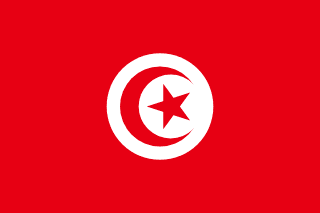Tunisia - Environment

As far as the environment of Tunisia is concerned, there have been . As for nvironment - international agreements, we have; .
About the environment of Tunisia
| Climate | We have temperate in north with mild, rainy winters and hot, dry summers; desert in south |
|---|---|
| Revenue from forest resources | |
| Revenue from coal | |
| Waste and recycling | Municipal solid waste generated annually: 2.7 million tons (2024 est.) |
| Total renewable water resources | 4.615 billion cubic meters (2022 est.) |
| Major rivers (by length in km) | |
| Total water withdrawal | |
| Municipal | 815.5 million cubic meters (2022 est.) |
| Industrial | 61.9 million cubic meters (2022 est.) |
| Agricultural | 2.71 billion cubic meters (2022 est.) |
| Land Use | |
| Agricultural land | 62.4% (2023 est.) |
| Agricultural land: arable land | arable land: 18.2% (2023 est.) |
| Agricultural land: permanent crops | permanent crops: 13.6% (2023 est.) |
| Agricultural land: permanent pasture | permanent pasture: 30.6% (2023 est.) |
| Forest | 4.5% (2023 est.) |
| Other | 33.1% (2023 est.) |
| Urbanization | |
| Urban population | 70.5% of total population (2023) |
| Rate of urbanization | 1.34% annual rate of change (2020-25 est.) |
| Major urban areas (Pop) | 2.475 million TUNIS (capital) (2023). |
All Important Facts about Tunisia
Want to know more about Tunisia? Check all different factbooks for Tunisia below.









